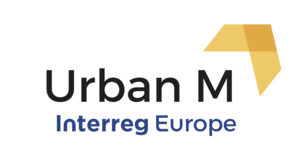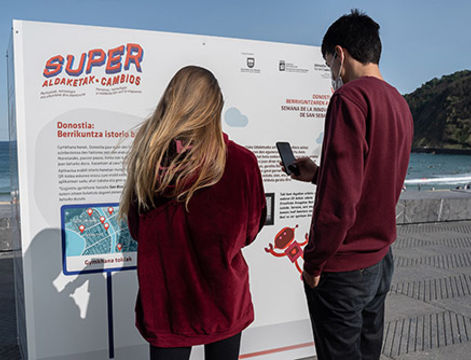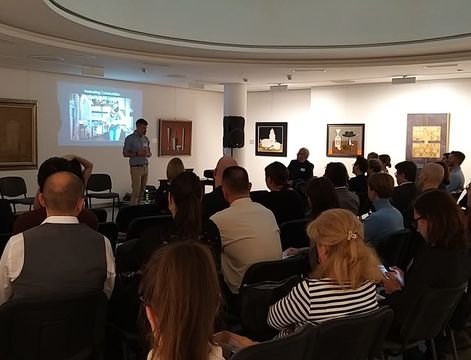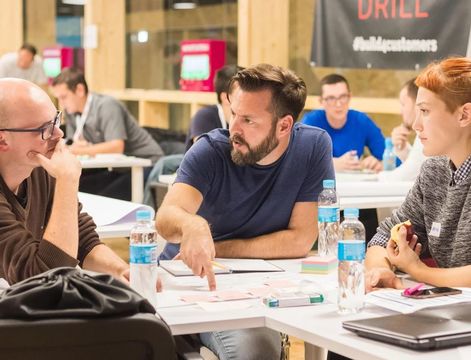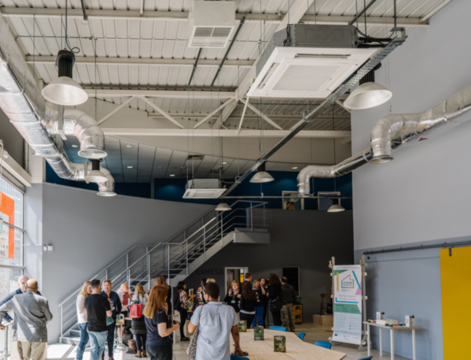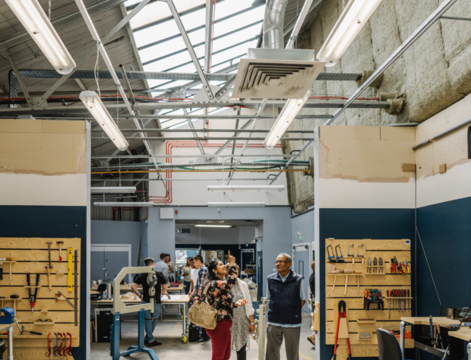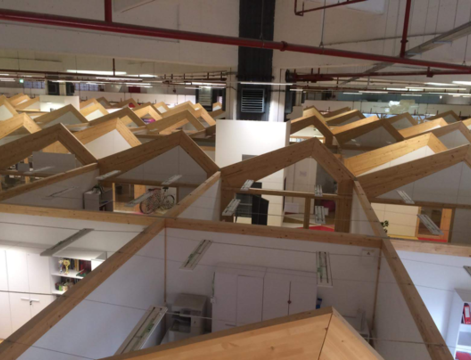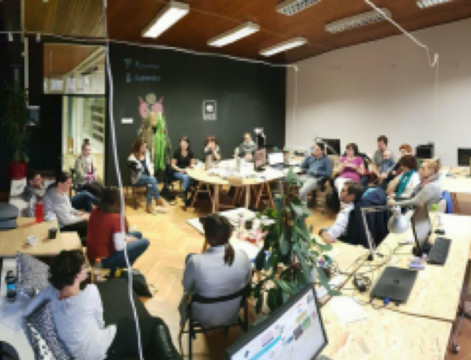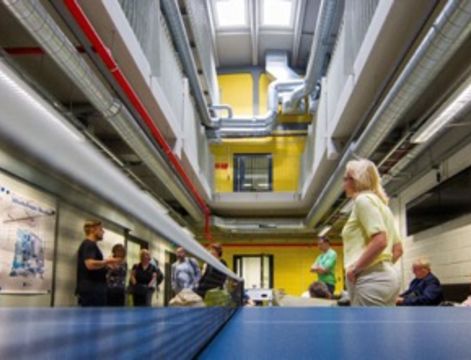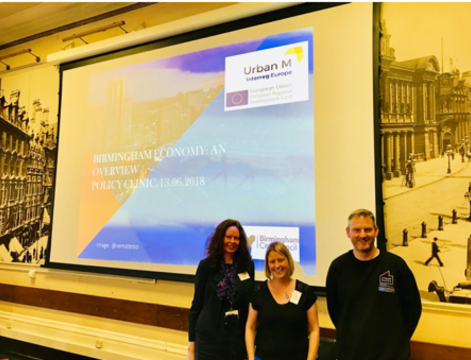What an exciting time it is for makerspaces around the world at the moment. The rise of makerspaces of all kinds is inspiring a global movement which more people are beginning to take notice of.
The Urban M team has been working for three years to help makerspaces thrive by identifying best practice, testing policies and creating conditions for them to flourish in. Recently, the team have led a conference in Bratislava, attracting participants from all over Europe and America. Here are some take-away lessons for you consider when building your makerspace policy:
Know your mission
Ask yourself the question, ‘why am I creating a makerspace?’ Get specific with your answers to create a mission statement which answers; what are the missions of the space? And, who is it aiming to serve? Your mission statement is important in building you community and keeping you focussed on your goals.
Keynote speaker, Joey Gottbrath, Technical Lab Lead at Jacobs Institute for Design Innovation at UC Berkeley, in California, stated “A makerspace can do whatever you want it to do, as long as you are aware of it and your mission statement communicates it clearly”.

Engage your skilled community
One of the most important questions to ask, Joey suggests, is not what machines should we buy, but what does your staff team look like? Your team should represent your community. “People from the community, like blacksmiths and electricians often come in (to our makerspace) and teach their skills, it’s a big part of the community we have built. Now we have kids who know how to blow glass and can weld. Some of these kids now have great making skills and have built the best bikes in their neighbourhood. Skilled tradespeople also help shape our curriculum and help with the writing of ‘how to’ guides for machines so that they are easier to use, rather than following complicated manufacturer’s instructions”.

Get corporate
Consider partnering with a larger business or organisation who may be able to help sponsor or part-sponsor your project, think about how your makerspace, or the activity within it could be of interest to a larger brand, “corporate support has been vital to all the successful makerspaces I have managed”, says Joey.

Put your tools to use
There can be a lot of apprehension about the activity within a makerspace, with enough health and safety rules to cause a headache on their own. But you are running a makerspace after all, accidents will happen and things may break (hopefully not too often!). Don’t restrict access to tools and equipment because they could get damaged, that’s a secondary problem. Encourage people to learn how to use them safely. Simplify your systems, make your instructions and processes easy to understand and you’ll be smashing down those barriers to access.

Talk the talk
“Language is so important when trying to attract stakeholders and users,” Ruth Claxton, Associate Director at Eastside Projects and Creative Director at STEAMhouse, stated during the conference panel discussion, “speak in a way which means something to them”.

Be aware of the terminology you are using and whether it suits your community. Bastian Lange, Director of Multiplicities, commented, “There is an expectation that we need a community, but what is a community today? Address smaller groups and bring them along on the agenda when creating your policy”.
Vladimir Vaculik, Idea Maker at Lab.cafe, Bratislava, suggests that you cannot force people to make a community but you can enable them to by creating a space, “Makers need to be given the freedom to innovate, policy needs to enable this”. Reflecting on STEAMhouse, Ruth added, “I don’t think you can force collaboration, but in the STEAMhouse makerspace there is a very organic, serendipitous crossover between the community".
For more information about the Urban M project, visit: https://www.interregeurope.eu/urbanm/
Contact: [email protected]
Follow us on Twitter: @UrbanM_Interreg
Join us on LinkedIn: UrbanM
